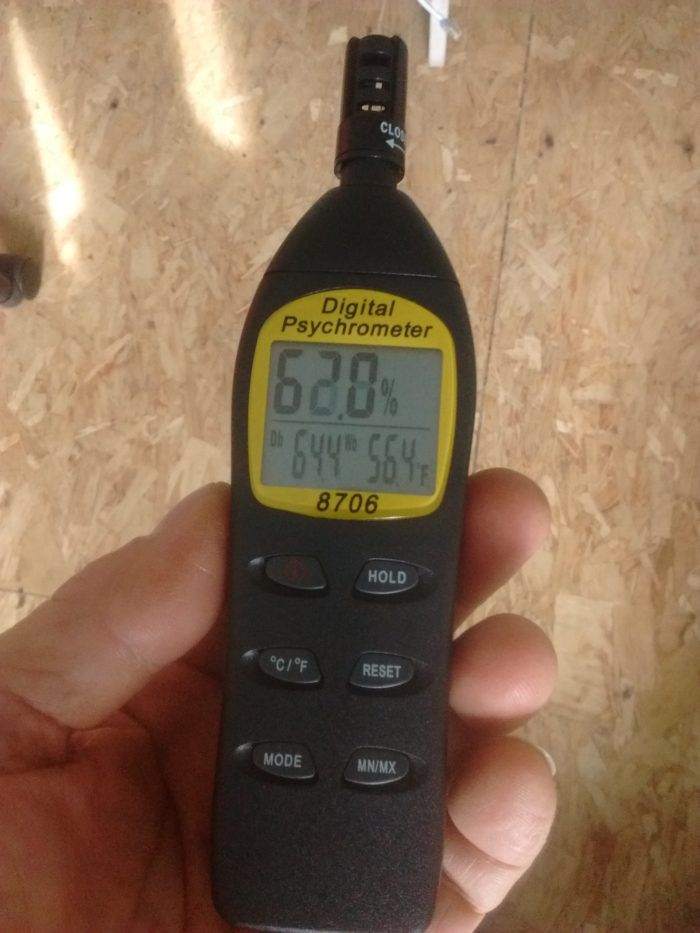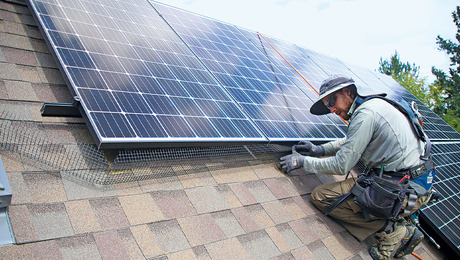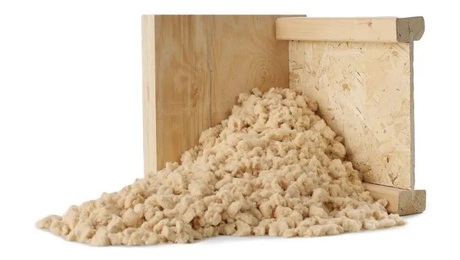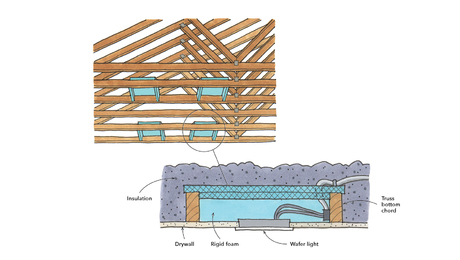Free Webinar: Effect of Occupants and AC controls on Humidity Levels
DOE / Building America research and analysis of occupant behavior, AC controls, thermostat set point and moisture sources on indoor humidity levels.

The Dept of Energy / Building America Program has a free webinar on Dec. 6 discussing building science (and occupant behavior) research on interior humidity levels in homes during the cooling season. You have to register ahead of time to listen in. I’ve attended a few DOE/Building America webinars – some have been animated and full of information I can put to use; some haven’t been as great. I’m hoping this one can help me solve seasonal humidity problems in high performance homes.
Controlling indoor humidity levels in energy efficient homes is important for the residents and for the house. It’s a problem builders in northern climates get most concerned about in winter when the risk of condensation inside walls goes up. But controlling indoor humidity in winter is easily remedied with increased ventilation. Controlling summertime humidity inside a home can be more difficult.
Air conditioning systems in low-load homes (tight houses with high insulation levels) don’t need to operate a lot to reduce the indoor temperature (sensible load). Unfortunately short runtimes don’t dehumidify the air. The high humidity can feel uncomfortable to residents and can lead to mold growth and wood building materials swelling. The house I built last year experienced wood floor buckling in late August and September despite having left plenty of expansion spaces around the perimeter of rooms. When I checked the humidity level after being alerted to the buckling by the residents it was high – around 65%.





























